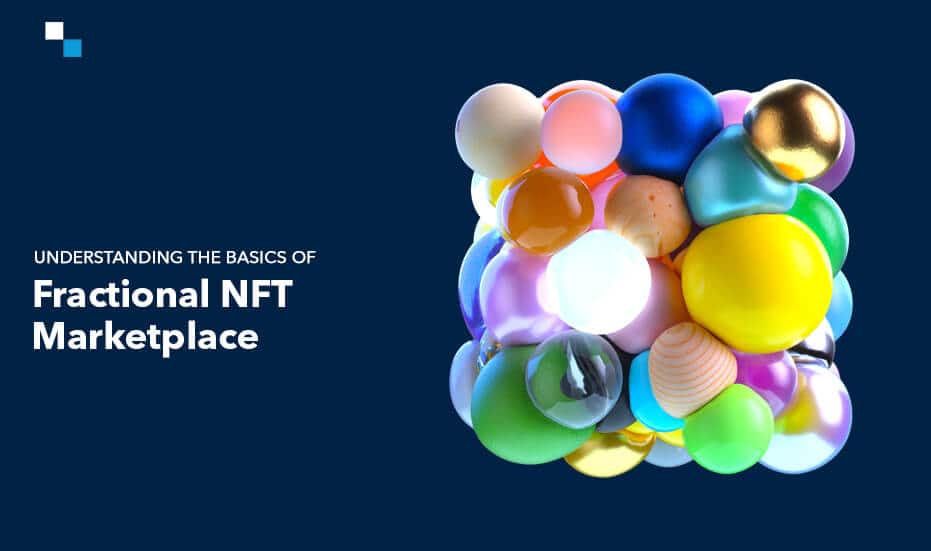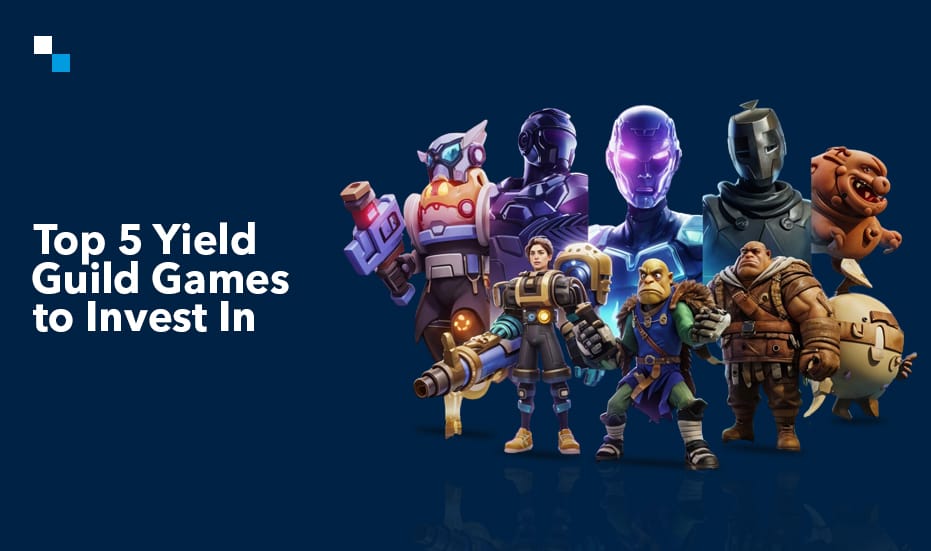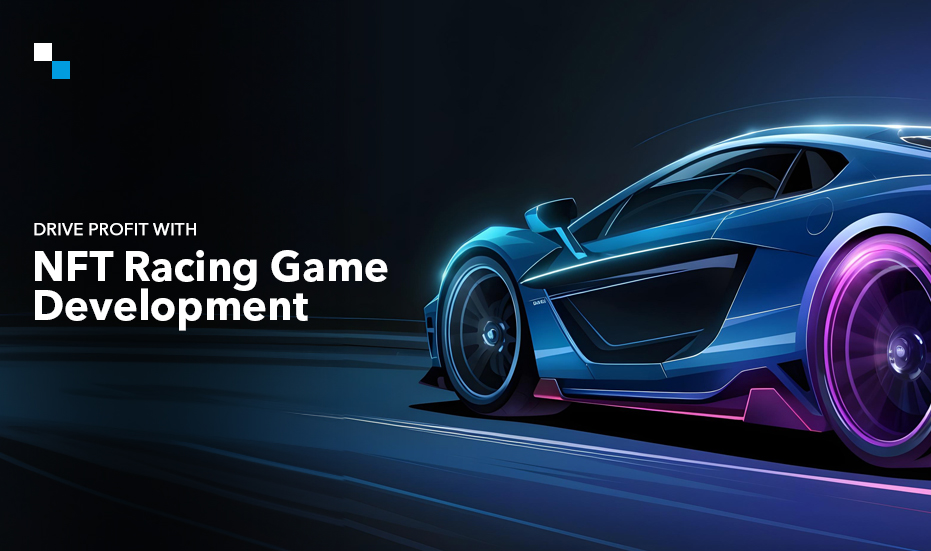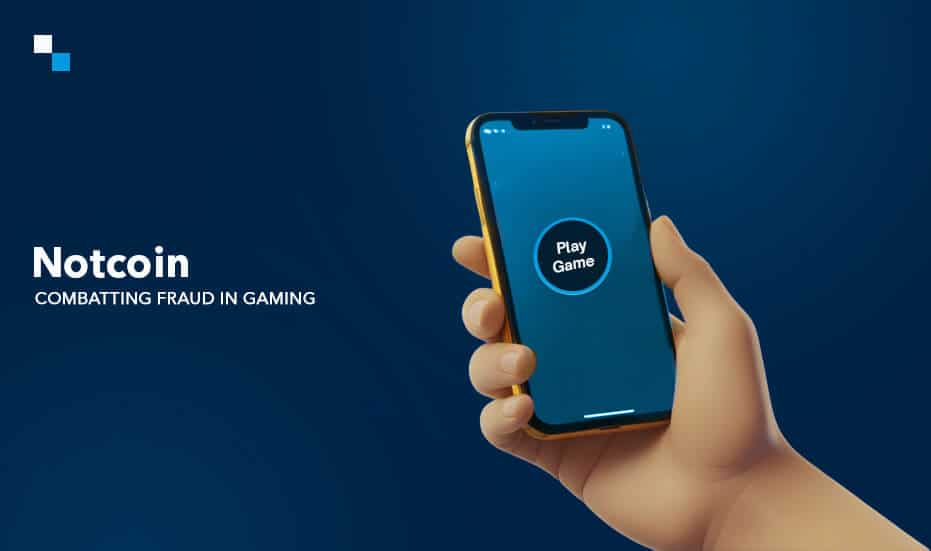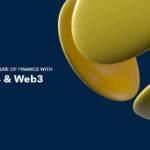Table of Contents
- What is fractional NFT marketplace?
- Traditional VS Fractional NFT marketplace
- How Fractional NFT Marketplace Works?
- Benefits of Fractional NFT Marketplace Development
- Exploring Popular Fractional NFT Marketplaces
- Steps to Build Your Own Fractional NFT Marketplace
- What is the Cost to Create Your Own Fractional NFT Marketplace
- The Future is Clear!
Imagine owning a portion of the Mona Lisa. Sounds impossible, right? But with fractional NFT marketplaces, such as those emerging to create NFT marketplace, owning a piece of a high-value NFT becomes a reality. These platforms essentially act as digital stock exchanges for NFTs, allowing users to buy and sell fractions of an NFT, instead of the entire asset.
In this blog, we’ll take a deeper look at what is fractional NFT marketplace and why they have gained the spotlight lately!
What is Fractional NFT Marketplace?
Traditionally, only a single entity could own this artwork, limiting access and appreciation to a select few. Enter fractional NFTs, the revolutionary concept shattering this exclusivity barrier. By dividing this masterpiece into smaller, digital tokens, fractional NFTs allow multiple individuals to share ownership, making it accessible to a broader audience.
A fractional NFTmarketplace is a platform where users can buy and sell fractions or shares of non-fungible tokens (NFTs), enabling broader access to high-value digital assets by allowing multiple investors to collectively own a single NFT.
Traditional VS Fractional NFT Marketplace
Traditional NFT marketplaces enable the purchase of entire NFTs, while fractional NFT marketplaces allow for the buying and selling of fractions of NFTs, making high-value assets accessible to a broader range of investors. Let’s explore the other differences in detail that every fractional NFT marketplace development company must be aware of:
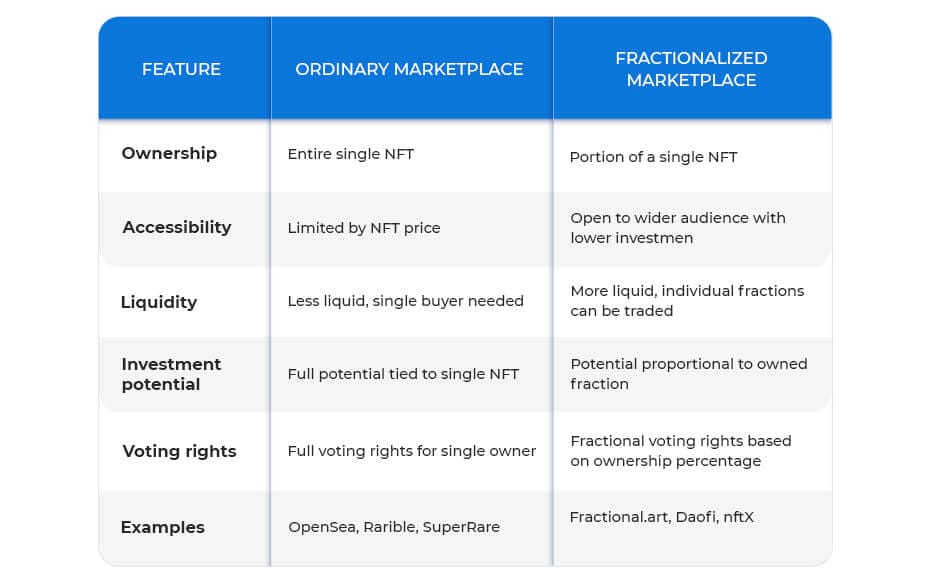
How Fractional NFT Marketplace Works?
To understand the overall workings of a fractional NFT marketplace development, let’s take an example!
Think of a valuable NFT as a prized diamond. Fractionalization breaks this diamond down into smaller, identical diamonds, each representing a specific portion of the original gem. These smaller diamonds, known as f-NFTs, are fungible tokens, meaning they can be easily traded and divided like money. When you buy an f-NFT, you essentially own a share of the underlying NFT, granting you proportional access to its associated benefits and potential appreciation.
Benefits of Fractional NFT Marketplace Development
For investors, fractional NFT marketplace development represent a captivating melody of benefits:
- Unlocking the Gates of Investment: High-value NFTs often boast hefty price tags, putting them out of reach for many. Fractionalization acts as a magic key, offering smaller, more affordable f-NFTs, opening doors to a wider audience and enabling participation in previously inaccessible assets.
- Diversifying Your Portfolio: Instead of putting your money into a single high-potential NFT, build NFT marketplace while you consider distributing it among several. By combining a greater variety of assets, fractionalization enables you to build a diversified portfolio that reduces risk and increases possible returns.
- The Liquidity Encore: Buying and selling entire NFTs can be challenging due to their unique nature. Fractional NFTs, however, act like individual notes in a musical piece, easily tradable due to their fungibility, leading to increased liquidity and flexibility for investors.
For creators to create NFT marketplace, fractional NFTs open a set of new opportunities:
- Reaching a Wider Audience: Imagine your artwork resonating with a global audience instead of just a select few. Fractionalization allows you to tap into a broader pool of investors, increasing exposure and attracting new communities who might not have been able to afford the entire NFT.
- Liquidity Leads to Applause: Imagine receiving ongoing royalties not just from one collector, but from a multitude of f-NFT holders. Fractionalization unlocks a continuous revenue stream, boosting potential earnings and providing financial stability for creators.
- Building a Fan Club for Eternity: Imagine cultivating a passionate community around your art. Fractional ownership fosters deeper engagement with your supporters, turning them into brand ambassadors and creating a vibrant ecosystem around your work.

Exploring Popular Fractional NFT Marketplaces
The fractional NFT scene is bustling with various platforms, each offering a unique stage for participation:
- NFTfi
- Fractional.art
- Unicly
- LIQNFT
- NFTX
- Ommniverse
- Rally
Steps to Build Your Own Fractional NFT Marketplace
Prior to getting started with fractional NFT marketplace development, here are the common steps you should be aware of:
1. Defining Your Niche
Choose your audience and the type of NFTs you want to showcase. Are you targeting high-end artworks, rare collectibles, or something entirely different? Defining your niche ensures you attract the right players.
2. Selecting the Right Blockchain
The blockchain acts as the stage for your performance. Consider factors like scalability, security, and transaction fees to ensure a smooth and secure experience for your users.
3. Developing Your Platform
Build your platform in-house or leverage existing solutions, ensuring a user-friendly interface, robust security features, and seamless integration with the chosen blockchain.
4. Payments and Security
Integrate secure payment gateways and robust security measures to ensure user trust and smooth transactions. This is like tuning your instruments for a flawless performance.
What is the Cost to Create Your Own Fractional NFT Marketplace?
While you plan to build NFT marketplace with the concept of
- Development approach: Will you build from scratch, use a white-label solution, or explore open-source options? Each offers different levels of customization, control, and technical requirements.
- Marketplace features: What functionalities are essential (listing, buying/selling) and which are desirable (governance, DAO integration)? More features typically lead to higher development costs.
- Team and expertise: Do you have an in-house development team, or will you outsource to freelancers or companies? Expertise and experience impact cost.
- Additional considerations: Smart contract development, legal and compliance requirements, and marketing efforts all contribute to the overall budget.
The Future is Clear!
By breaking down high-value NFTs into smaller, more affordable fractions, fractional NFT marketplace development taps into a broader audience, exponentially increasing user base and liquidity. Transaction fees, listing fees, and potential secondary market royalties translate to lucrative revenue streams.The possibilities extend beyond simple trading. Fractional ownership fosters deeper community engagement with creators, driving recurring revenue through exclusive content, events, and even profit-sharing models for NFT holders.
Early movers stand to gain a significant first-mover advantage, positioning themselves as leaders in this revolutionary space. This opens doors to innovative revenue models and fosters partnerships with creators and investors eager to explore the potential of fractionalized ownership.
